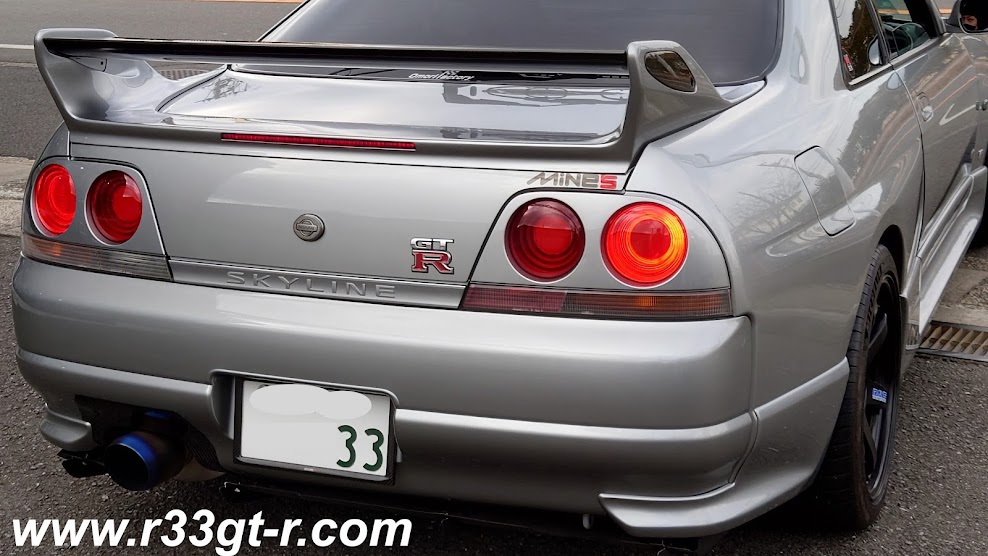So having gotten my car
refreshed (i.e. front bumper repainted) recently, this time I'm determined to make sure that the newly painted parts remain as clean and pristine as possible.
One solution, of course, is to never drive the car, but this is not practical.
After doing some research, I believe there are four solutions:
1) Do nothing. That is, just have the bumper and front lip spoiler repainted every other year or so, whenever the damage becomes an eyesore.
2) Application of
3M Scotchguard Paint Protection clear film.
 |
| This would actually be the best solution... |
The drawbacks are, however, expense (I have found very few shops in Japan that do this film application which means very expensive), and in this particular situation, the inability to cover all the painted areas, given all the openings, scoops and complex shapes on the front bumper and the lip spoiler.
I actually tried doing this myself before with limited success (the
headlights came out great):
 |
| Using tracing paper to create patterns for the 3M film |
 |
| During application: before squeegeeing the liquid out |
However even though I managed to wrap the front lip spoiler, it never looked right as the cutouts for the front brake ducts were sloppy, and then when I scraped the lip spoiler, the impact left the film scarred and scraped up too. So when the lip spoiler was
repainted, it was removed of course.
3) Application of
3M Paint Defender Spray Film (I have no experience with this, but hope to try it out in the near future)
 |
| Check back as I experiment with this in the near future! |
This seems very promising - almost the quality of the 3M Scotchguard film, but in a spray format? The internet reviews are mixed...
4) Application of
Road Warrior Plus
 |
| This is the basic kit - the liquid in a quart bottle, plus application tools. |
This is what I ended up getting. Basically, this is a liquid that you paint onto those car surfaces that you want to protect, and when dry it is supposed to serve the same purpose as the clear film. That is, provide impact protection from stuff on the road. Of course, given its relatively thin (when dry) nature it is marketed more as a temporary solution for track days (apply, race, then peel off) and long distance driving where road debris can be expected to hit at high speed.
Ingenious in concept, but a) is it really that easy, b) does it look ok when dry, and c) does it work?
So I got to work. First, as many reviewers remarked, this stuff DOES smell, and have the same consistency, as Elmer's glue.
 |
| Ok this roller is cute, but will it do the job? |
Before pouring the RWP into the tray, I wiped down the front bumper and lip spoiler. Also, I decided to do my left side mirror as well, more to be able to demonstrate to people who ask.
 |
| I seems to go on very thick..... |
 |
| But after you start spreading it out with the roller.... |
 |
| You end up with a very thin coat of spackled Elmer's glue-like stuff |
This whole process took only about 30 minutes, and I did two coats (dried the first layer with a hair dryer), at night, when it was about 18 degree C outside (so maybe a bit more inside the garage?)
Here is what it looks like, in daylight after it is dry.
 |
| Can't really tell from this distance... |
s
 |
| But close up, you can see the orange peel effect quite clearly |
Close up, it looks like really bad orange peel, but it feels like plastic, not paint. There were some areas where I had forgotten to smooth out the liquid well, which resulted in some clumping but in the end they dried clear too. As you can see from far away it doesn't look too bad, I think.
I had actually done this right before my visit to
Do-Luck and Nissan Prince on the 30th, and both Ito-san and Koyama-san thought I had subjected my car to the worst ever repaint...before I explained that it was a roller applied film...
Now to test it...seems almost too good to be true if it can actually provide significant protection. Yes I've driven to
Shinagawa and back, but I think we need a longer trip. Stay tuned....




.jpg)


.png)

.jpg)
.jpg)
.jpg)
.jpg)
.jpg)
.jpg)
.jpg)
.jpg)
.jpg)
.jpg)


.jpg)
.jpg)
.jpg)
.jpg)




.jpg)
.jpg)




















